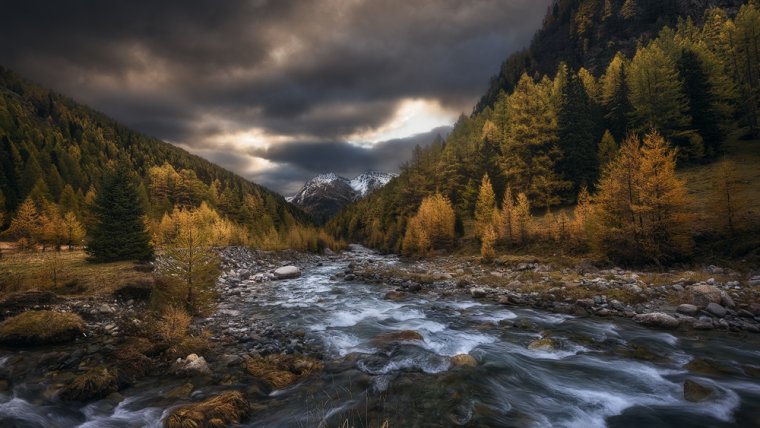
Welcome to another episode of Photographer Spotlight. Today I’d like to introduce Manuel Martin from Switzerland to you, who shows magnificent & astonishing landscape images. Step inside the world of Manuel Martin and learn all his tips and tricks!
1) Tell us about yourself, where are you from? How, when and why did you get into photography?
I was born the 21st September 1972 in Winterthur, a picturesque city in Switzerland surrounded by forests. I could tell you – like many famous photographers – that photography fascinated me since my childhood, the truth is that it had never ever interested me until one cold day in December of 2011. I remember that dark day vividly as if it had been yesterday. It was my little daughter’s birthday and outside, it was raining and snowing at the same time – bad light conditions. As certainly almost every dad does, I had bought one of these snapshot cameras to capture those important little moments in the life of the loved ones. The entire family was standing in front of the birthday cake and I took my little camera out and tried to photograph that scene to death. Obviously, the cam was set to automatic since I had no idea how a camera works. Of course, I desperately searched for this one little button called “Make a stunner” but I only found the automatic button. I am still today looking for a camera with this imaginary button, so if anyone ever stumbles across one, feel free to contact me (lol).
Well, imagine the behavior of my snapshot cam in such low light conditions, and imagine the result! I flashed the entire family like a madman and, which is worse, they all looked like the “Adams Family” on the pictures, all pale due to the flash, looking like monsters. Next, I took more shots, this time without the flash. Also not a good idea, actually, more like a catastrophe (lol). So that’s when I decided to learn everything I possibly could about photography so that I would never live this situation again. Over the years, I learned a lot about composition from the myriads of books I read. As I love to hike with our dog Giorgio (a Collie who accompanied me in 99% of all the shots I have made so far), my love for landscape photography was slowly set on fire. It was only in 2015 when my interest became a passion. That year, I discovered some great photographers and their techniques, and this really changed my view about landscape photography. But I will talk about this in the following questions.
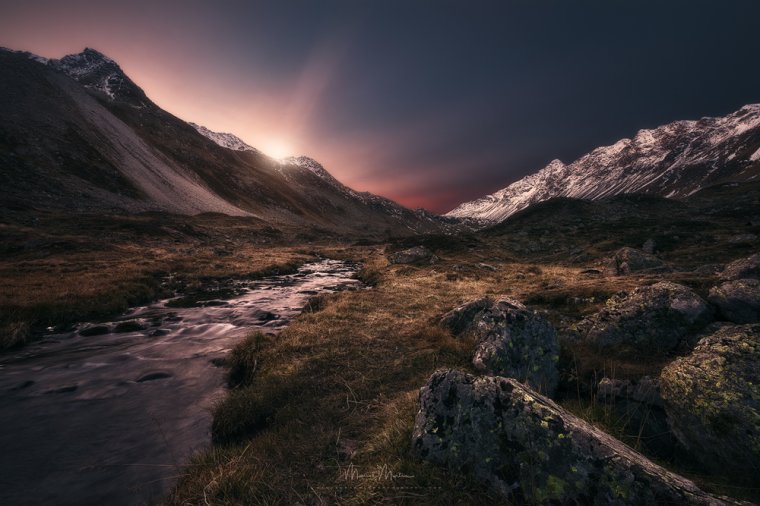
2) How much time do you spend on photography on average?
To be short … way too little! I could spend my entire time with photography, but as I am not a professional photographer, I have to work for a living. Then, there’s also my family and this and that … but I try to reserve the little time that I have for my passion.
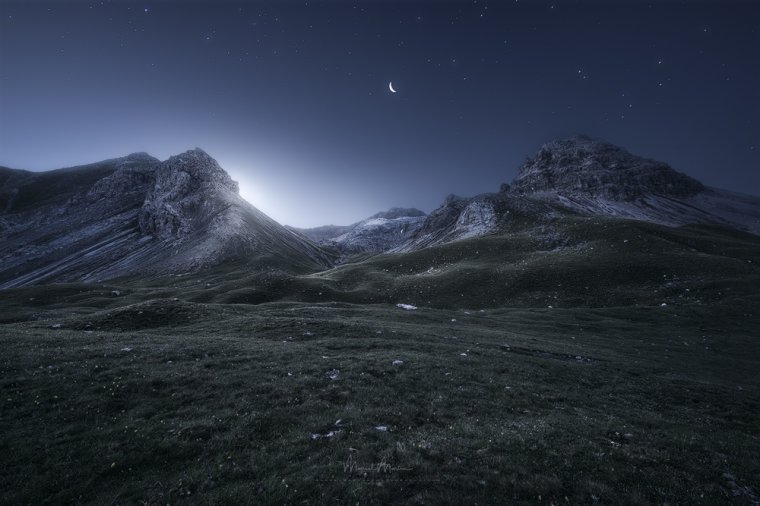
3) Which gear do you mainly use / What is typically in your camera bag?
My entire household! No, seriously, my Nikon D810 is always with me, then a super wide 14-24mm lens and a 24-70mm lens. Then I carry a Really Right Stuff Tripod (RRS) with a BH-55 Ballhead, a polarizer and ND filters by Lucroit, a remote controller, a ton of spare batteries, memory cards, waterproof equipment, some warm layers and changing clothes, gloves, a cap, sometimes also trekking poles, a head light, something to clean up my lenses, water, snacks etc. Mostly I feel like a donkey going up a mountain with all that stuff. I wish I had a teleporter from Star Trek to be transported to the desired location in just a minute.
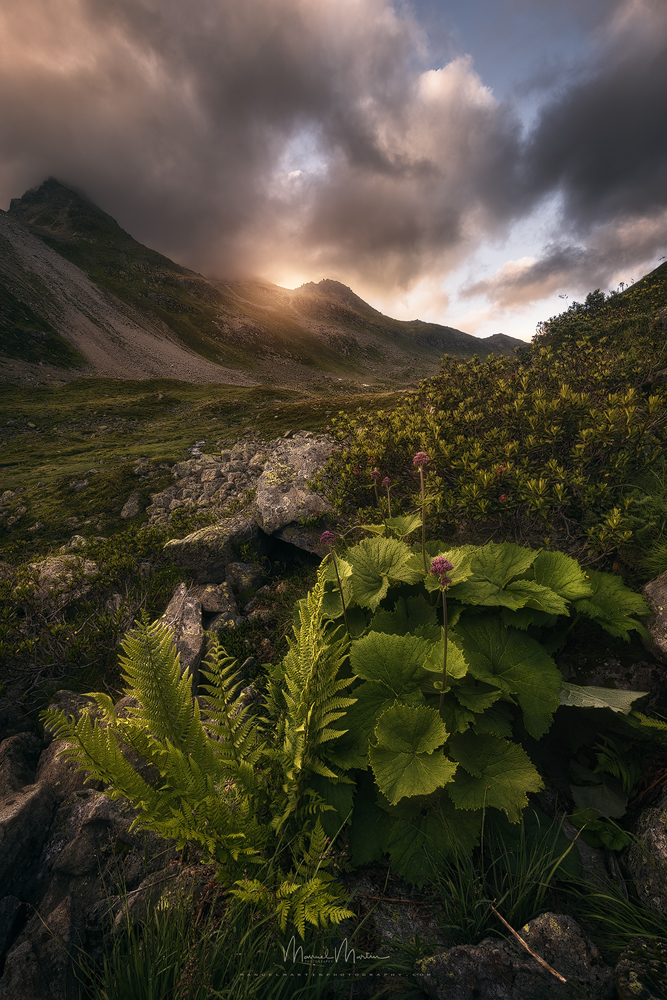
4) Do you have guiding principles that you follow when you’re taking pictures?
Yes, and that’s composition. I think the composition is the most difficult but also the most interesting part of a location. I always try to find new possibilities for a good composition, because, in combination with the post-processing of the image, this is exactly how your image stands out from other pictures. At famous or well-known locations, this impact is even stronger.
How can your image and how can you as a photographer be distinguished from many other images and photographers? I think you can only do that through these two components! I always try to beat the location sometime before I make the final shot. This gives me time to look around for wonderful foregrounds that I can implement in my images.
I also always try different angles until I’m happy with what I see through the viewfinder. Concerning the viewfinder, I also change my eye. What I mean is that I look through the viewfinder with my right eye and then I change it to the left eye only to leave my comfort zone and force my brain to see and to compose differently until I’m overall happy.
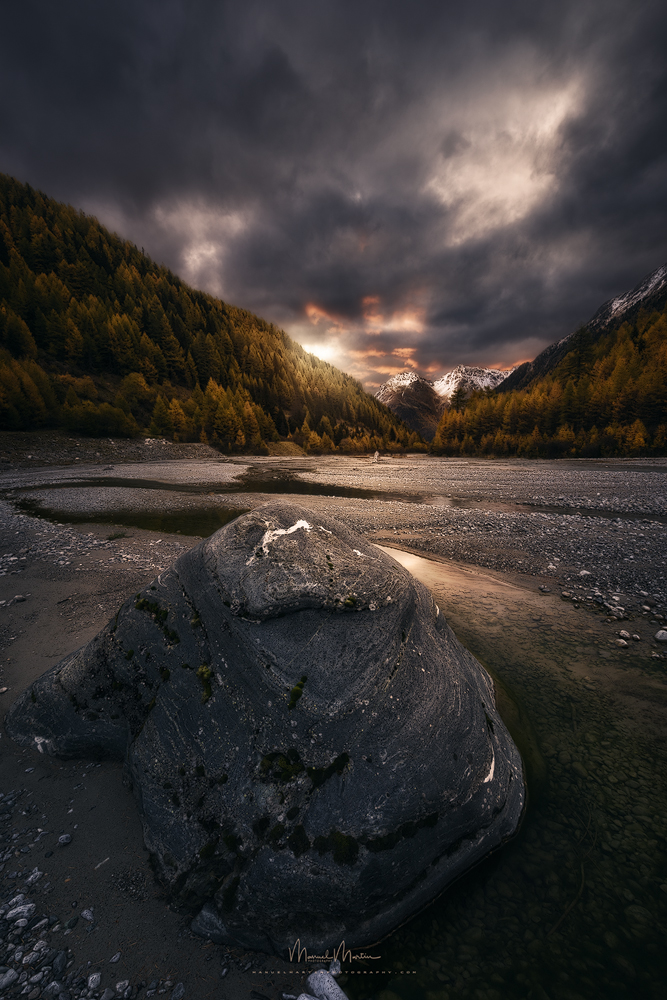
5) How important is post-processing for you? Can you tell us what kind of postprocessing you typically do?
Post-processing is as important as being at the location and trying to make the right shot. For me, it has the same weight as all the process steps when taking an image. I always try to make the shot perfect only to avoid the work in post-production due to a bad shot on the field.
But nowadays, in the era of digital photography, this is a step in which your work can stand out from other works with a special look, thus making the image unique. I mainly work with Adobe Camera Raw and Photoshop, and I also have various plug-ins.
I try to emphasize the light parts, the shadow parts giving them some structure, and I try to balance all the tones into a harmony of tonalities. I often use the techniques known as “Exposure Blending”, “Focus Stacking”, “Focal Length Blending” and so on, and I always merge all parts together manually since I don’t like to give the processing parts to an automated software-process.
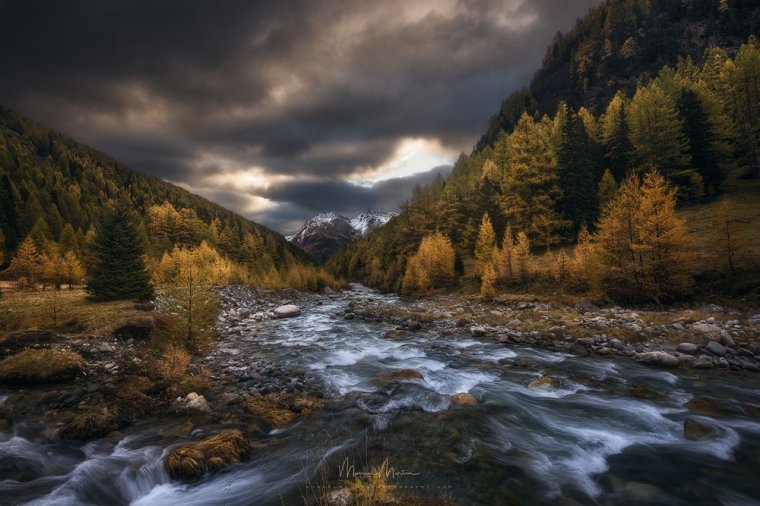
6) What’s the favorite photo you took and why?
This is really difficult to say. Every single photo I made contains a little story that not everyone knows, like the scouting for the location, the hike to the place, the circumstances I found at the location, the light etc. It is very emotional for me. But if I have to choose, then it would be the shot with the name “Source of Life”. It’s a location at the edges of the area called “Alpstein”. A double-waterfall that you can easily reach during a short walk. The view to this double-cascade seen from the inside of a cavern is fantastic and very picturesque.
The difficulty of this spot was not the path to this iconic place, but the extreme dynamic range of the scene combined with the exact exposure time to capture the unique waves which were formed in the waterfall basin. For the cave parts in the image and the two waterfalls outside the cave, I chose to make a focus-stacking to capture everything sharp from front to back.
Then came the difficult part, and this was the waves of the cascade basin. I observed the waterfall for more than one hour and noticed that every 5 to 10 minutes the amount of water coming down the cascade changed a little bit. This sudden change in the amount of water caused certain water waves in the pool in front of me. And this was exactly what I wanted to capture. I had to make a ton of shots with different exposures with dead waiting times until the next change of water amount until I finally got the one shot with the right exposure time. In post-processing, I combined all the pieces together into one single image, which made me very proud and which I know, with the actual technology, would be impossible to make in one single shot.
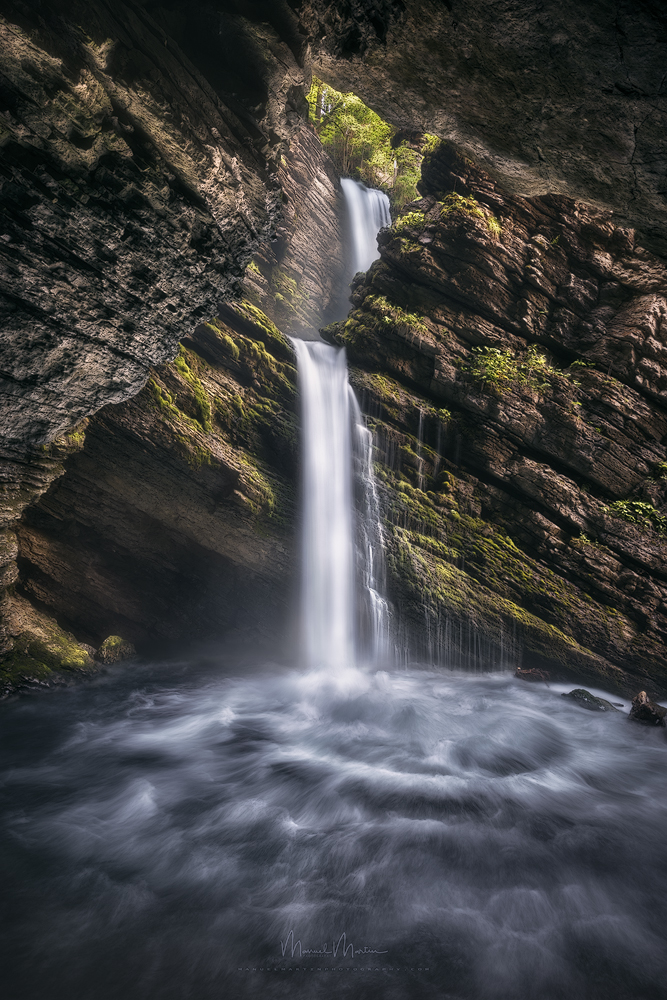
7) What’s the most challenging part of being a nature/landscape photographer
First: To find time to get out to photograph. Time is right now one of the most important assets I have.
Second: To get exposure on the social media channels.
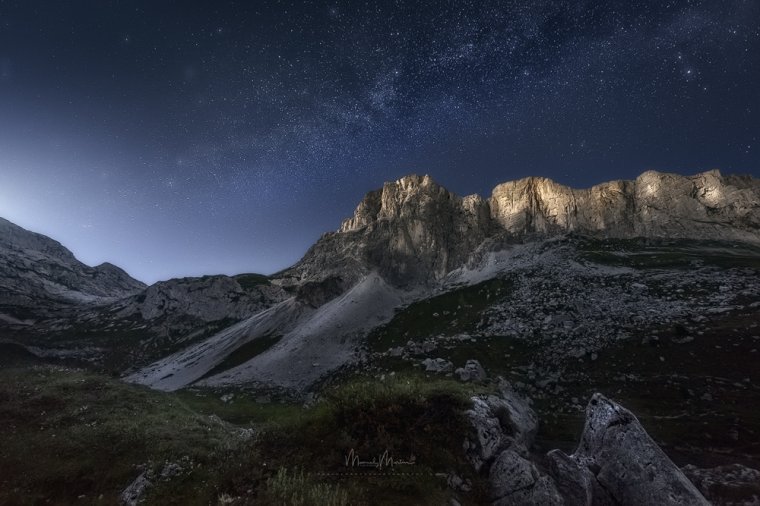
8) Do you have general advice and tips for other landscape photographers?
Never, and I mean never ever stop learning and improving your skills in every aspect of photography. Be curious and playful like a child. Always try new things. Stay humble and always be polite to everyone, listen and observe.
Never be discouraged (likes in social media are not a guideline for quality) and always do what your heart tells you, because you will only make a good work with passion, and passion comes from the heart. Try to develop your own style and stick with it and make changes to it with time.
Photography is not a 100-meter race, it’s a marathon, and you will need your time to become better and better over time.
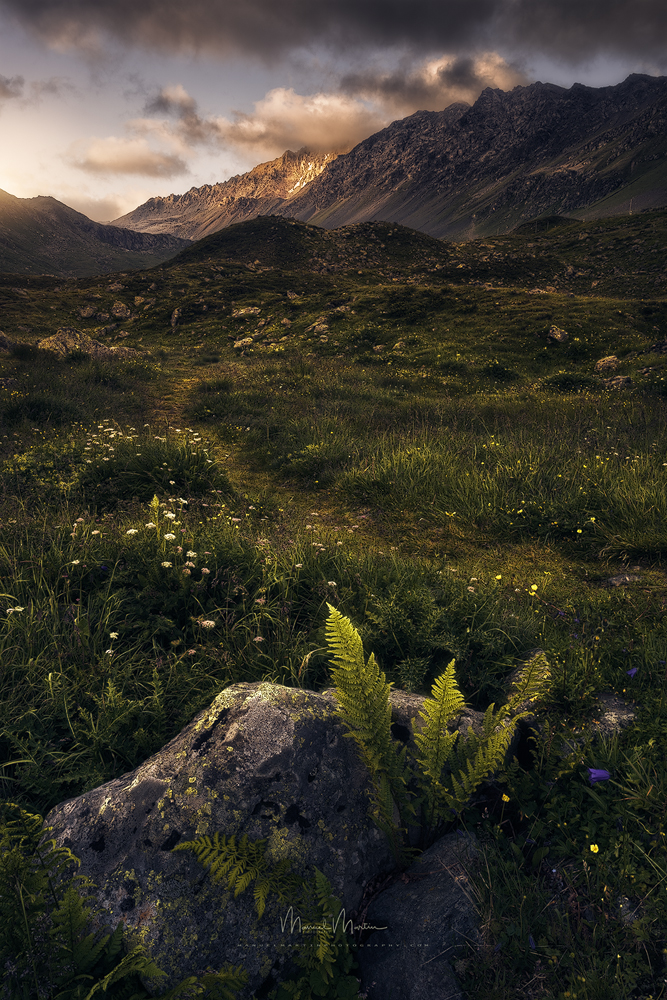
9) Who or what inspires you to do what you do and why?
I’m an admirer of many great photographers and it is impossible to list all of them here, so I limit myself to those who influenced my own skills. The first two of them are Sean Bagshaw and Tony Kuyper. I stumbled across them after I heard about “Luminosity Mask” for the first time in my life. I had no idea what this is and suddenly, after some research, a door opened into an incredibly diverse new photographic world. I learned so much during the first stages of my own path, and despite them not knowing me I am very grateful to them for teaching me and opening up this new world to me. Then Ryan Dyar and Ted Gore, of course. Their work is so colorful and incredibly special. At this stage of my own learning path, I heard about going for the dark mood and light painting in deep for the first time. Later, Alex Noriega taught me how to correctly understand the behavior of light.
I remember that exciting time as if it was yesterday. His work is so clean and just perfect. And finally, Enrico Fossati. He is a magician. If you look at his work, you are transported into a fantasy world. You know that his work is really outstanding and special but, at the same time, you lose the sense of presence and you feel that you are transported into a parallel world that is transformed into reality. In my opinion, his understanding of light is really different and unique and I dare to say he could take a picture of a stone and this stone would turn into life in the image.
But inspiration comes also from paintings of some painters from the past. Yes, I heard about painters from the photographers mentioned above, and when I read the recommendation to look at such paintings, I thought “What? Why should I look at this old stuff?!” But seriously, long time before photography existed, painters all over the world already dealt with composition, light, and colors. We are thinking that we invented all this stuff with photography, but the truth is that those painters were the forerunners of what we photographers do today with our pictures. And what’s even more, those painters are, still today, masters of light. I saw old pictures from Albert Bierstadt, and you know what? The more I studied those works, the more sense they made! The behavior of light, the colors and the framing they chose are marvelous, really an inspiration!
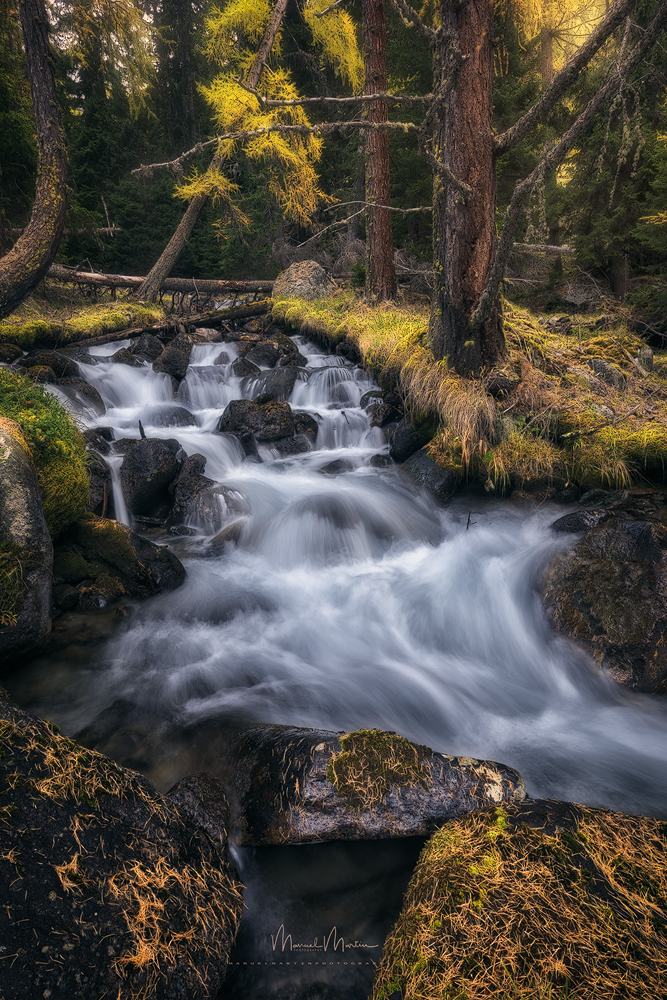
10) What do you know now that you wish you knew when you started?
Everything, he, he, he.
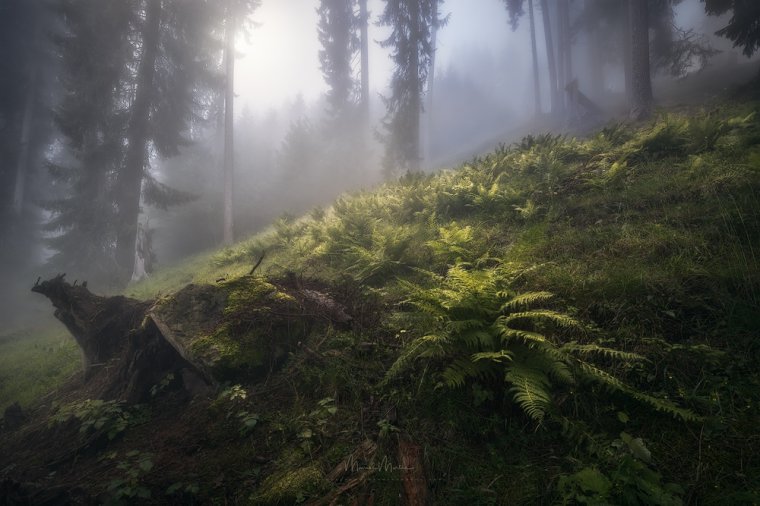
11) Is there anything else you want to say?
If you want to see more works from me, just visit my Facebook page or my Instagram account as I’m posting there on a regular basis.
Find Manuel Martin on the Web:
Website: www.manuelmartinphotography.com
Facebook: www.facebook.com/ManuelMartinPhotography/
Instagram: www.instagram.com/manuelmartinphotography/
500px: www.500px.com/ManuelMartin1972
Flickr: www.flickr.com/photos/manuel_720921/
Comments (1)
MM is truely very dedicated and passionate about all his actions in life. He is a humble and in various aspects very talented person. His willingness to never stop learning is just admirable. I am very proud of knowing Manuel!